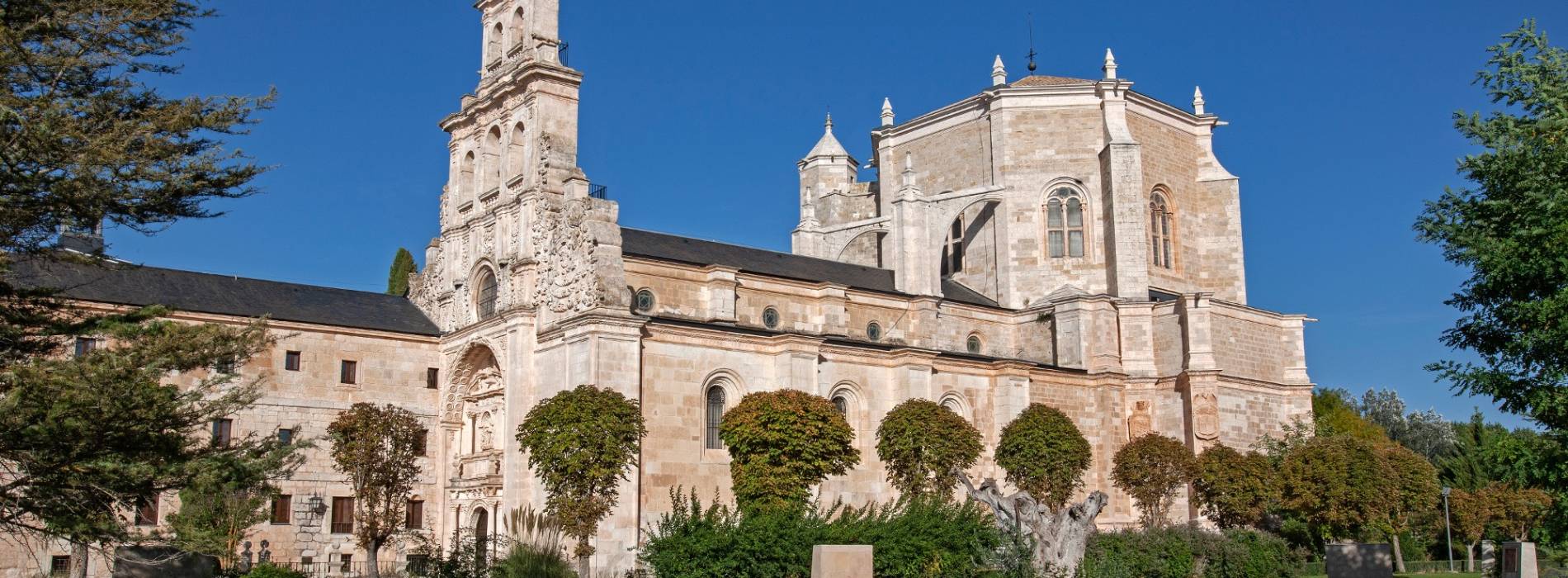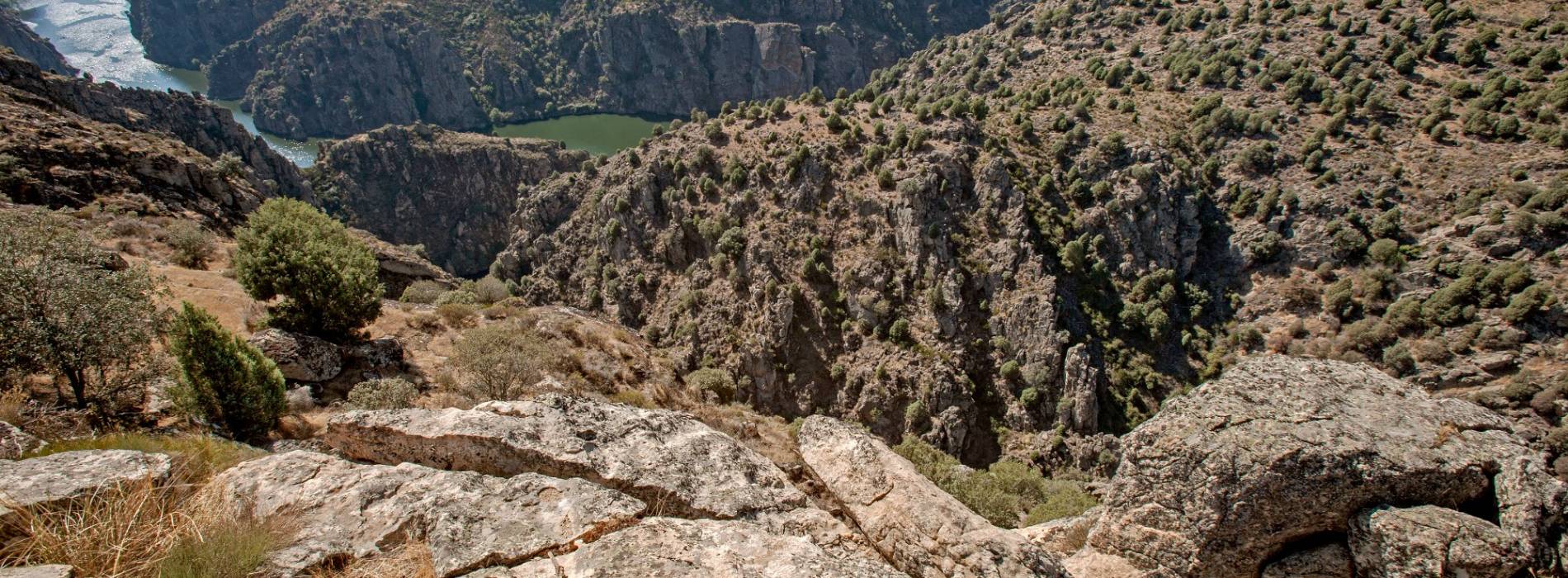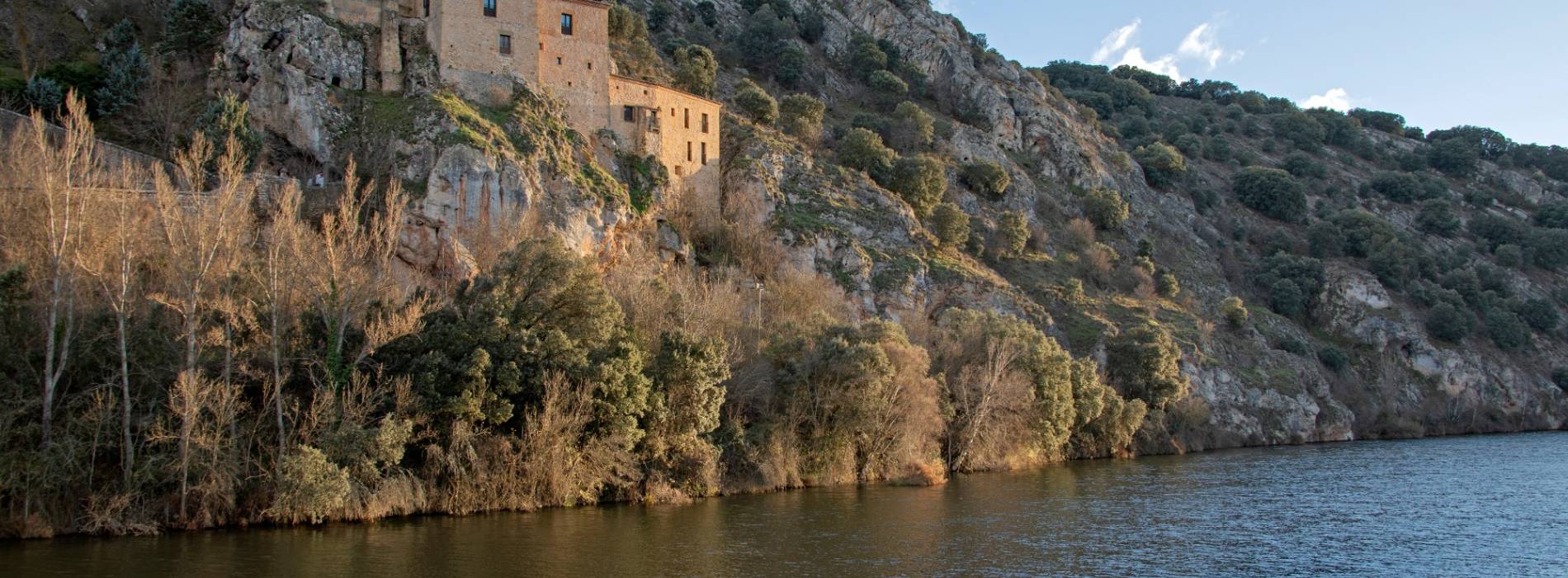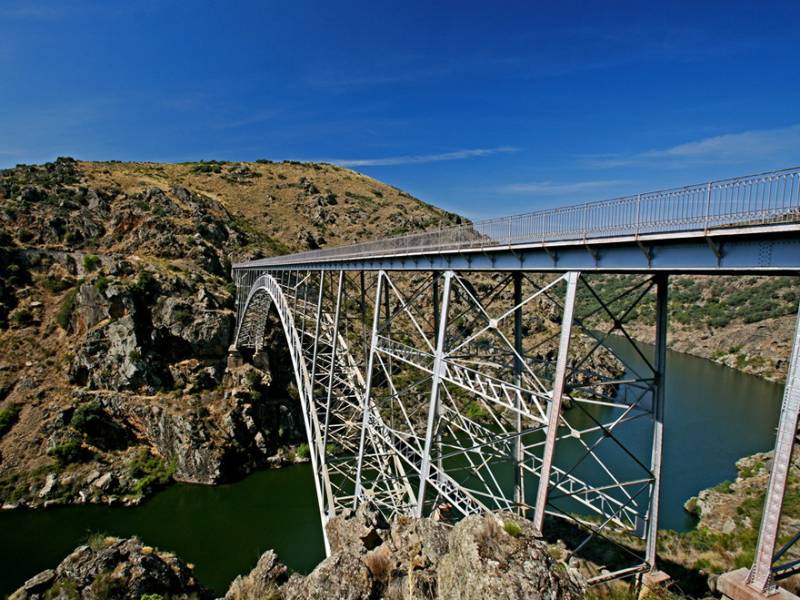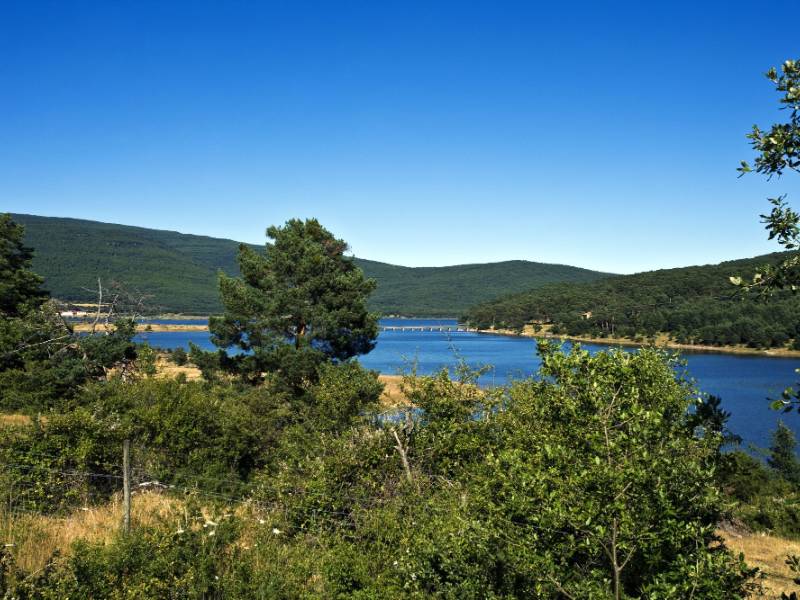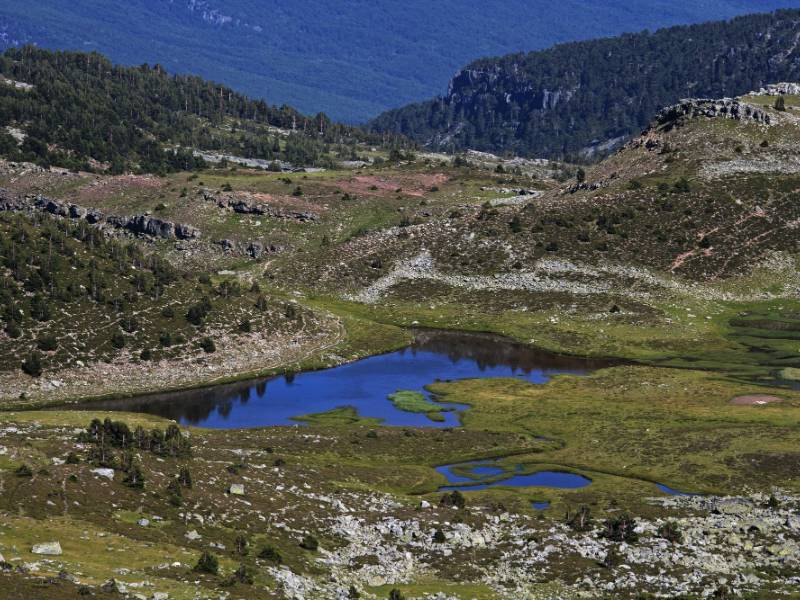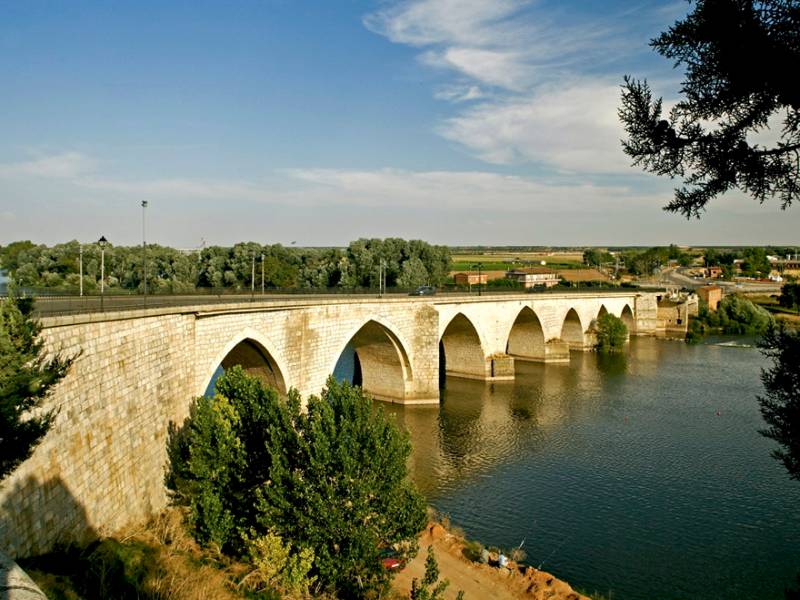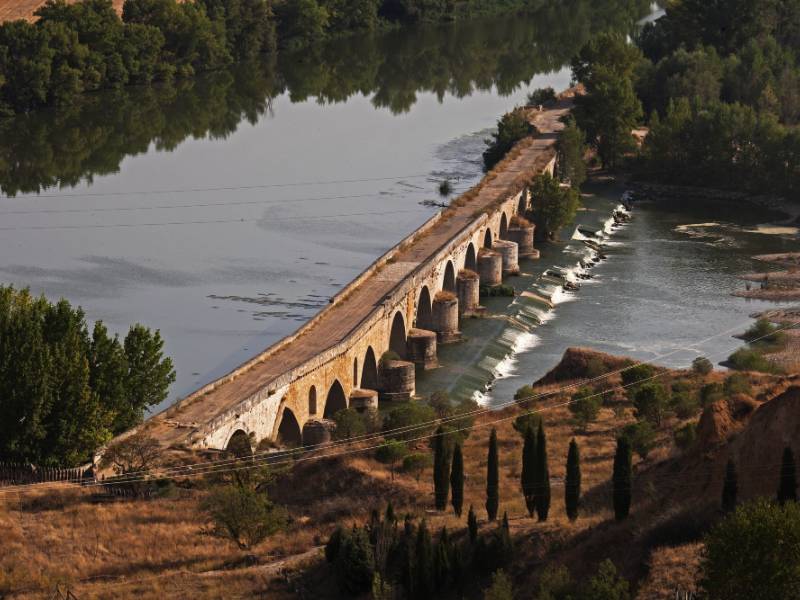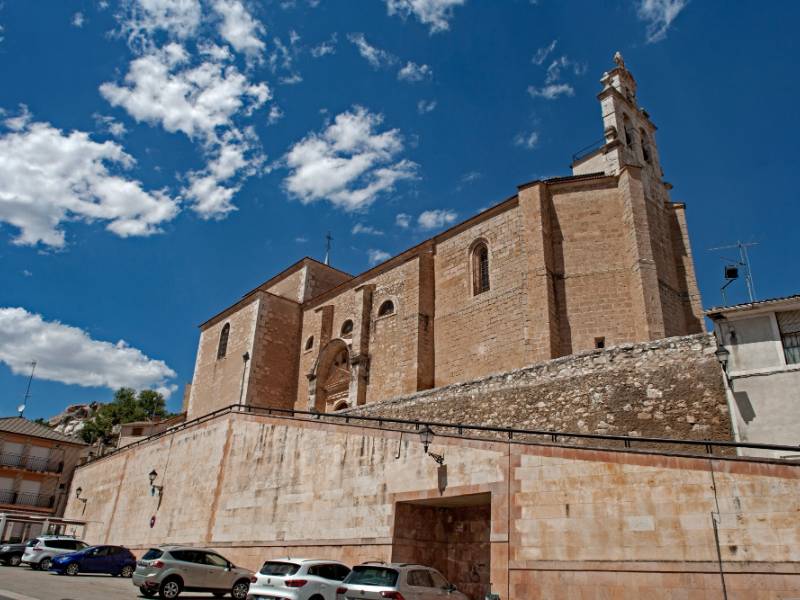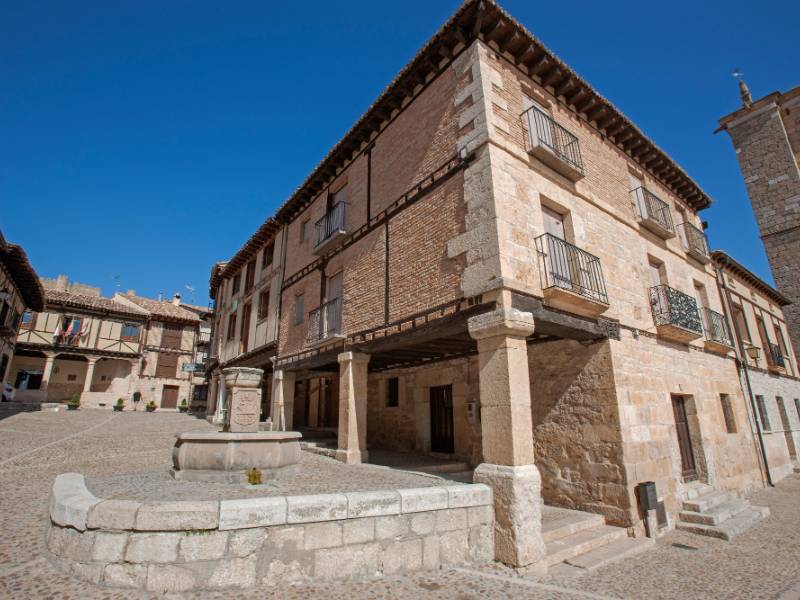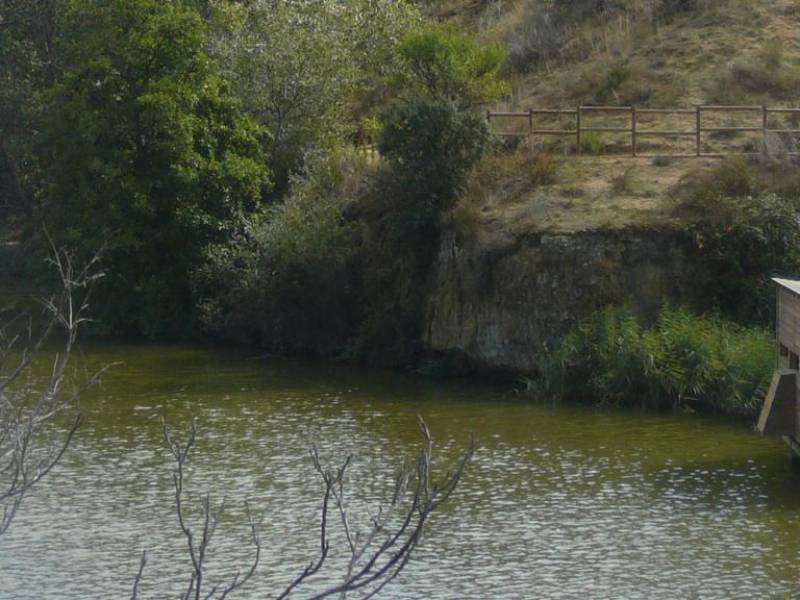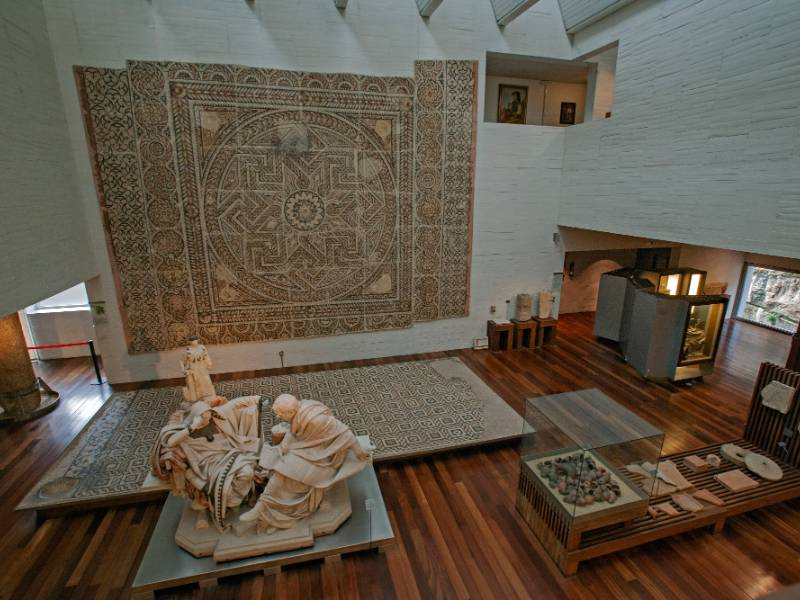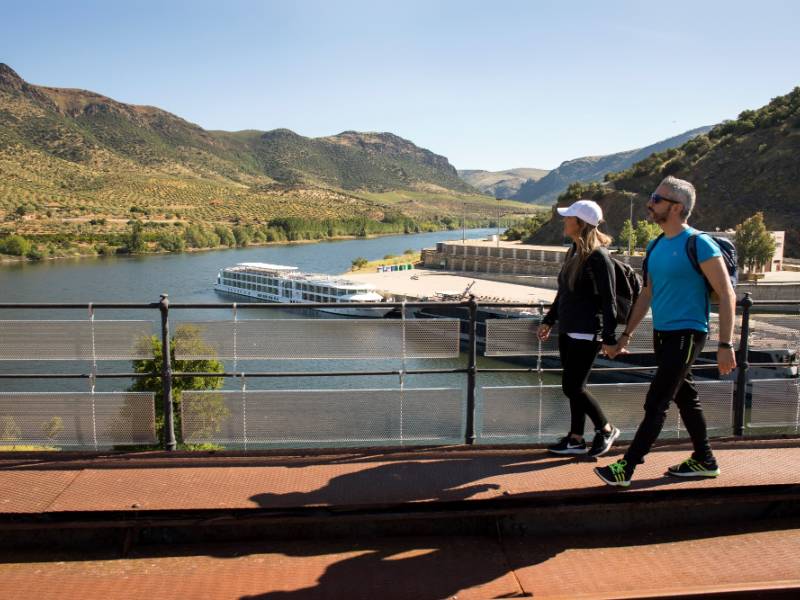Duero Route
- Position
- Burgos province
- Salamanca province
- Spain province
- Valladolid province
- Zamora province
- Type of route
- Several days
The Ruta del Duero is one of the most important cultural routes in the south of Europe. This route's itinerary splits the region in two and allows tourists to experience the nature, art and gastronomy that the area has to offer.
80% of this route passes through Soria, Burgos, Valladolid, Zamora and Salamanca, 5 of the provinces making up Castilla y León. The river Duero was an important crossroads for the Peninsula in the past. During the time of the Reconquista, it became a border line. This would explain how a large number of its listed buildings, including the castles and monasteries that had been built, determined the future of the surrounding villages.
The Ruta del Duero takes tourists to areas of natural beauty that have been formed by the natural course of the river and become important environmental and fauna reserves. The river Duero is also responsible for irrigating the vineyards of southern Europe's most famous grape and wine growing area. It is also the ideal choice for aquatic activities as cruises along the river and water sports in the dams that have been constructed along the river.
Prepare your visit
- Videos
Data of interest
Introduction
The Ruta del Duero is one of the most important cultural routes in the south of Europe. This route's itinerary splits the region in two and allows tourists to experience the nature, art and gastronomy that the area has to offer.
80% of this route passes through Soria, Burgos, Valladolid, Zamora and Salamanca, 5 of the provinces making up Castilla y León. The river Duero was an important crossroads for the Peninsula in the past. During the time of the Reconquista, it became a border line. This would explain how a large number of its listed buildings, including the castles and monasteries that had been built, determined the future of the surrounding villages.
The Ruta del Duero takes tourists to areas of natural beauty that have been formed by the natural course of the river and become important environmental and fauna reserves. The river Duero is also responsible for irrigating the vineyards of southern Europe's most famous grape and wine growing area. It is also the ideal choice for aquatic activities as cruises along the river and water sports in the dams that have been constructed along the river.

